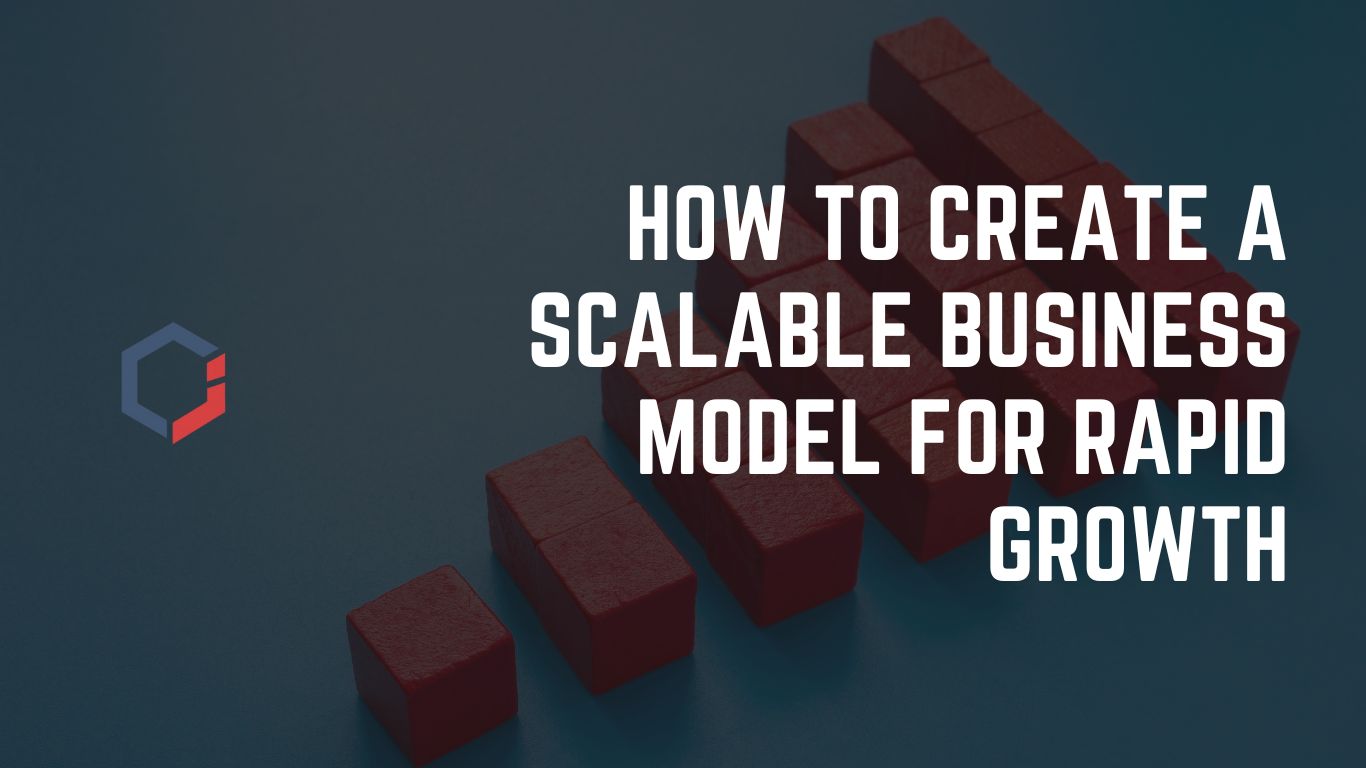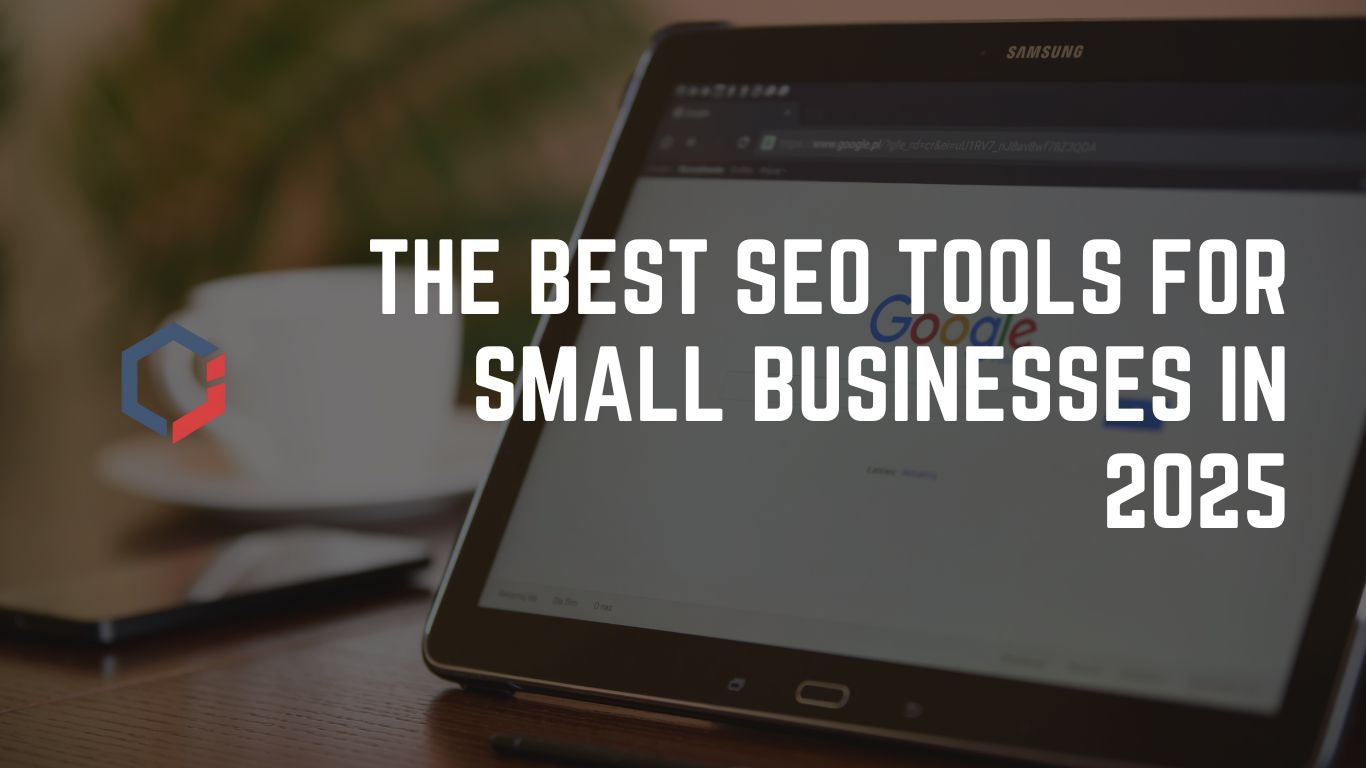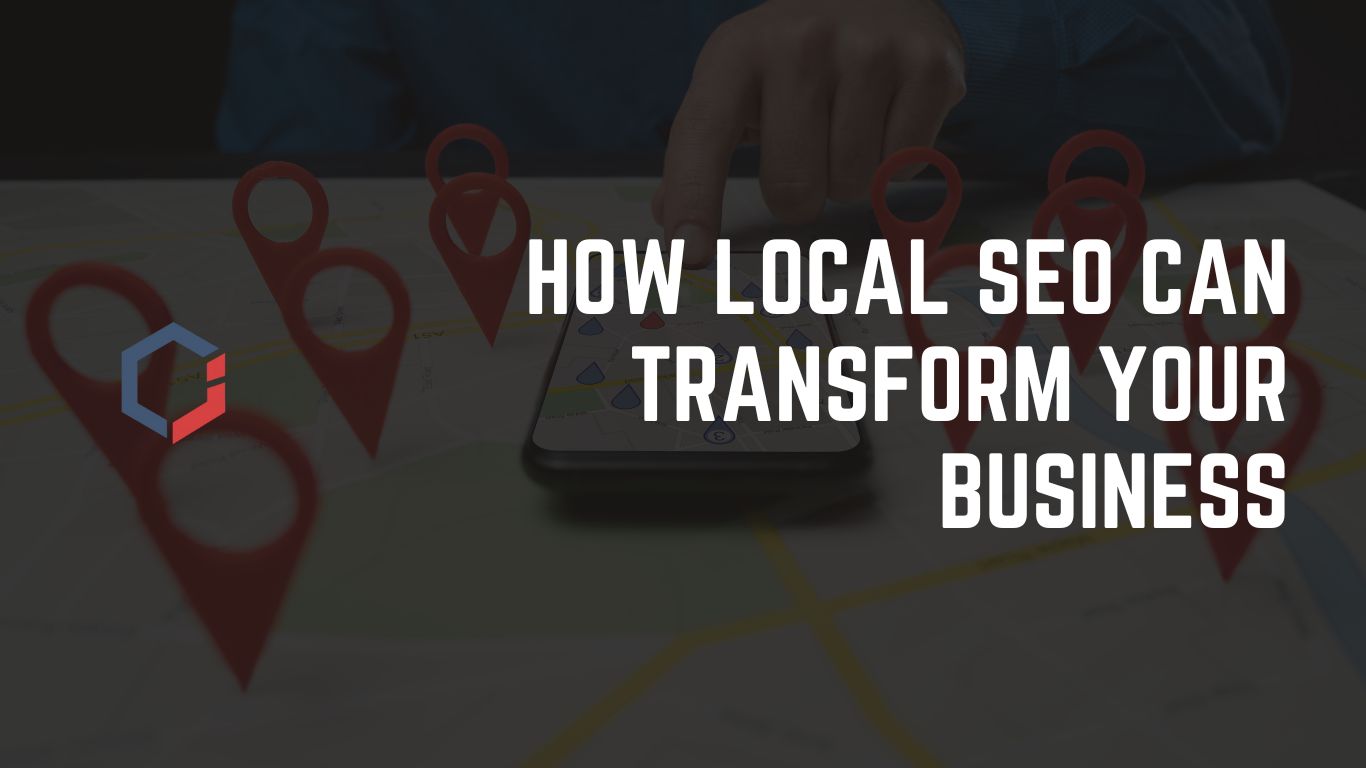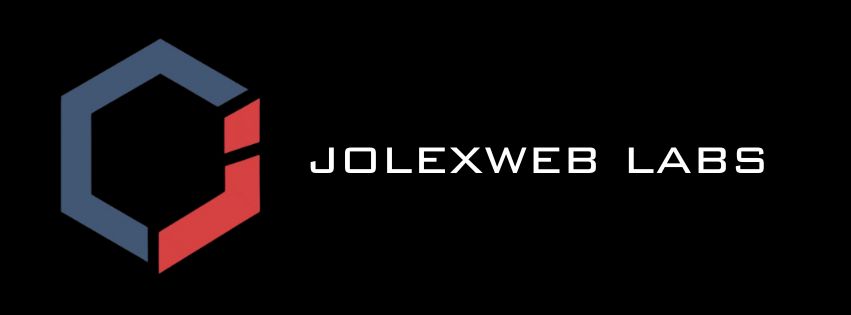
How to Create a Scalable Business Model for Rapid Growth
Is your business stuck in the mud? Can’t seem to grow without burning out? A scalable business model is your answer. It lets you handle more work without adding tons of costs. Get ready to discover strategies that will transform your business into a growth machine.
Table of Contents
- Introduction
- Understanding Scalability and Its Importance
- Defining Scalability: Doing More with Less
- The Cost of NOT Scaling: Stagnation and Missed Opportunities
- Key Components of a Scalable Business Model
- Technology and Automation: Streamlining Operations
- Standardized Processes: Creating Predictability and Efficiency
- Outsourcing and Partnerships: Leveraging External Expertise
- Building a Scalable Revenue Engine
- Recurring Revenue Models: Predictable and Sustainable Growth
- Digital Marketing and Lead Generation: Reaching a Wider Audience
- Pricing Strategies That Scale
- Optimizing Operations for Scalability
- Efficient Inventory Management: Balancing Supply and Demand
- Customer Service as a Scalable Solution: Building Loyalty
- Remote Work and Distributed Teams
- Funding Your Growth
- Bootstrapping vs. External Investment
- Cash Flow Management for Scaling Businesses
- Measuring and Adapting for Continuous Scalability
- Key Performance Indicators (KPIs) for Scalability: Tracking What Matters
- Embracing Change and Innovation: Staying Ahead of the Curve
- Real-World Scaling Success Stories
- Common Scaling Pitfalls to Avoid
- Frequently Asked Questions
- Conclusion
Introduction
In today’s fast-paced business environment, the ability to scale efficiently isn’t just a nice-to-have—it’s essential for survival. Whether you’re a solopreneur with big dreams or a small business owner looking to expand your reach, scaling is the bridge between where you are and where you want to be.
But here’s the thing: scaling isn’t the same as simply growing bigger. It’s about growing smarter. It’s about building systems that allow your business to handle increased workload without proportionally increasing costs or sacrificing quality.
In this comprehensive guide, we’ll explore proven strategies to create a business model that scales effectively, helping you break through growth plateaus and position yourself for long-term success.
Understanding Scalability and Its Importance
Scalability means your business can handle growth easily. It’s about doing more without spending way more. Think of it as growing smarter, not just bigger. Understanding this will help you attract investors and possibly dominate the market.
Defining Scalability: Doing More with Less
Scalability is about getting more out of what you put in. It’s being able to grow without your costs going crazy. Software companies, for instance, can add many users without huge expenses. They’ve nailed scalability.
The math is simple yet powerful: in a perfectly scalable business, revenue grows exponentially while costs grow linearly or even plateau. This creates what investors call “operating leverage”—the ability to generate increasingly higher profit margins as you grow.
Take Dropbox, for example. They can serve millions of users with minimal incremental cost per new customer. Their infrastructure scales efficiently because they’ve built their business model around this principle from day one.
The Cost of NOT Scaling: Stagnation and Missed Opportunities
What if you can’t keep up with demand? You miss out on chances to grow, and customers might get annoyed. Imagine a small bakery struggling to fulfill a huge order. Competitors will swoop in and steal your customers if you don’t scale.
The costs of failing to scale are both immediate and long-term:
- Lost revenue from turning away business you can’t handle
- Damaged reputation when quality suffers under increased volume
- Employee burnout from trying to do too much with too little
- Market share erosion as competitors with scalable models overtake you
- Reduced valuation if you ever want to sell your business
According to research by the U.S. Small Business Administration, only about 50% of small businesses survive past the five-year mark, and inability to scale efficiently is a leading cause of failure.
Key Components of a Scalable Business Model
To make your business scalable, focus on key areas. Use technology, automate tasks, and make processes efficient. Outsourcing and a strong team are also crucial for growth.
|
Component |
Description |
Impact on Scalability |
|
Technology & Automation |
Systems that reduce manual labor |
Dramatic cost reduction at scale |
|
Standardized Processes |
Documented, repeatable workflows |
Consistent quality regardless of volume |
|
Outsourcing & Partnerships |
Strategic delegation of non-core functions |
Flexibility to grow without fixed costs |
|
Talent Strategy |
Hiring for scalability mindset |
Cultural alignment with growth goals |
|
Data-Driven Decision Making |
Metrics-based operations |
Objective measurement of scalability success |
Technology and Automation: Streamlining Operations
Technology makes life easier. It automates tasks, cuts down on manual work, and boosts efficiency. CRM software helps manage customers, while cloud computing stores data. AI can even handle basic customer service.
The right tech stack is the backbone of any scalable business. Here are some game-changing tools to consider:
- Customer Relationship Management (CRM) systems like Salesforce or HubSpot to manage customer interactions
- Enterprise Resource Planning (ERP) software to integrate core business processes
- Marketing automation platforms like Mailchimp to nurture leads without manual intervention
- Project management tools like Asana or Monday.com to coordinate team efforts
- Accounting software like QuickBooks or Xero to keep finances organized as you grow
- Customer service platforms with chatbot capabilities to handle routine inquiries
According to a study on small business automation, businesses that automate key processes can reduce operating costs by up to 60% while handling 3-5 times more volume.
Standardized Processes: Creating Predictability and Efficiency
Document your processes. Make them the same every time. This makes it easy to train new folks and keeps things consistent. Map out your processes to find ways to make them better.
The key to process standardization is documentation. Every critical function in your business should have:
- A clearly defined workflow
- Step-by-step procedures
- Quality control checkpoints
- Expected outcomes and KPIs
McDonald’s is the classic example of standardization at scale. Their operations manual ensures that a Big Mac tastes the same whether you’re in Tokyo or Toledo. This level of consistency doesn’t happen by accident—it’s engineered through meticulous process design.
For small businesses, start by documenting your three most important processes. Use flowcharts, video tutorials, or written guides—whatever works for your team. Then gradually expand until all key activities are standardized.
Outsourcing and Partnerships: Leveraging External Expertise
Don’t do everything yourself. Outsource tasks like customer support or IT. Find reliable partners who are experts in their fields. This lets you focus on what you do best.
Outsourcing creates an “asset-light” business model that can flex with demand. Consider outsourcing:
- Administrative tasks like bookkeeping and scheduling
- Customer support during off-hours or overflow periods
- Content creation for marketing materials
- IT management and cybersecurity
- Manufacturing or production components
- Logistics and fulfillment
Strategic partnerships can also accelerate scalability. Look for complementary businesses that serve your target market but don’t compete directly. For example, a wedding photographer might partner with venues, florists, and caterers for mutual referrals.
Building a Scalable Revenue Engine
How do you make more money without costs skyrocketing? Look at recurring revenue models. Use digital marketing to reach more people. Automate your sales process.
Recurring Revenue Models: Predictable and Sustainable Growth
Think subscriptions, memberships, and SaaS. These models give you steady income. They also help keep customers around longer. Netflix is a classic example of recurring revenue done right.
The power of recurring revenue lies in its predictability and compounding effect. When you know exactly how much revenue is coming in each month, you can plan and invest with confidence.
Consider these recurring revenue models for your business:
- Subscriptions: Regular delivery of products (meal kits, coffee beans, razors)
- Memberships: Access to exclusive content or benefits
- Software-as-a-Service (SaaS): Cloud-based applications with monthly/annual fees
- Retainer services: Ongoing professional services (marketing, legal, accounting)
- Maintenance plans: Regular service for products purchased
According to McKinsey research, subscription businesses grow revenue nearly 5 times faster than S&P 500 company averages and achieve 8 times better stock market returns.
Digital Marketing and Lead Generation: Reaching a Wider Audience
Use SEO to rank higher in search results. Get on social media. Create useful content. Run ads online. Track your results to see what works and what doesn’t.
The beauty of digital marketing is its inherent scalability. Unlike traditional advertising, digital channels can often maintain or even improve ROI as you increase spending.
Build your digital marketing foundation with:
- Search Engine Optimization (SEO) to attract organic traffic (learn more about growing your business online)
- Content marketing that positions you as an industry authority
- Email marketing automation for nurturing leads and customers
- Paid advertising with carefully monitored customer acquisition costs
- Social media engagement and community building
The key is creating marketing systems that work while you sleep. Set up automated email sequences, content publication schedules, and conversion-optimized websites that turn visitors into leads 24/7.
For a comprehensive approach, check out digital marketing strategies for SMBs in 2025.
Pricing Strategies That Scale
Your pricing model can dramatically impact scalability. Consider these approaches:
- Tiered pricing: Offer multiple service levels to capture different market segments
- Value-based pricing: Charge based on the value delivered, not time spent
- Freemium models: Provide a free basic version with paid upgrades
- Usage-based pricing: Charge according to consumption or usage
Zoom’s pricing strategy illustrates this perfectly—free for short meetings with limited participants, with paid tiers for businesses needing more features and capacity. This approach allowed them to achieve massive adoption while maintaining a clear upgrade path.

Optimizing Operations for Scalability
Make your internal operations super efficient. Manage your inventory well. Streamline your supply chain. Provide excellent customer service.
Efficient Inventory Management: Balancing Supply and Demand
Keep just enough inventory on hand. Use demand forecasting to predict what you’ll need. Amazon’s fulfillment network is a masterclass in inventory management.
For product-based businesses, inventory can be a major scalability constraint. Too much inventory ties up capital and creates storage issues; too little means missed sales opportunities.
Advanced inventory management includes:
- Just-in-time (JIT) inventory to minimize holding costs
- Demand forecasting using historical data and market trends
- Dropshipping arrangements where suppliers ship directly to customers
- Distributed fulfillment centers to reduce shipping times and costs
- Inventory management software with real-time tracking capabilities
Even service businesses have “inventory” in the form of available hours or capacity. Resource planning tools can help optimize scheduling and utilization rates.
Customer Service as a Scalable Solution: Building Loyalty
Use chatbots to answer common questions. Create a knowledge base where customers can find answers themselves. Always listen to what your customers say.
Customer service often becomes a bottleneck when scaling. The solution is a tiered support system:
- Self-service resources: FAQs, knowledge bases, video tutorials
- Automated support: Chatbots and AI assistants for common issues
- Community forums: Where customers help each other
- Email/ticket support: For more complex issues
- Live chat/phone support: For high-value customers or urgent issues
This approach ensures that simple issues are resolved without human intervention while preserving the personal touch where it matters most.
Remember that customer retention is far more cost-effective than acquisition. According to research by Frederick Reichheld, increasing customer retention by just 5% can boost profits by 25-95%.
Remote Work and Distributed Teams
The pandemic accelerated the shift to remote work, revealing its potential as a scalability enabler. Distributed teams offer several scaling advantages:
- Access to global talent pools
- Reduced office space requirements
- Extended operating hours across time zones
- Improved employee satisfaction and retention
Tools like Slack, Zoom, and Asana make remote collaboration seamless. Companies like GitLab and Automattic have proven that entirely distributed workforces can operate efficiently at scale.
For more insights on building remote teams, explore these essential tools every small business needs.
Funding Your Growth
Scaling requires capital. How you finance your expansion can dramatically impact your trajectory.
Bootstrapping vs. External Investment
There are two main approaches to funding growth:
Bootstrapping means using existing resources and reinvesting profits. Benefits include:
- Maintaining complete ownership and control
- Forcing disciplined spending and ROI focus
- Building a culture of resource efficiency
- No pressure from external investors
External investment brings in outside capital through:
- Angel investors or friends/family rounds
- Venture capital
- Business loans
- Crowdfunding
- Strategic partnerships
The right choice depends on your growth timeline, capital needs, and personal goals. Many successful businesses use a hybrid approach—bootstrapping initially, then bringing in outside capital once they’ve proven their scalability.
Cash Flow Management for Scaling Businesses
Growth can paradoxically create cash flow problems—you need money to fulfill larger orders before getting paid. Maintain a healthy cash position by:
- Negotiating favorable payment terms with suppliers
- Requesting deposits or progress payments from customers
- Establishing lines of credit before you need them
- Closely monitoring accounts receivable aging
- Creating cash flow forecasts that account for growth scenarios
Remember: Revenue is vanity, profit is sanity, but cash is king—especially when scaling.
Measuring and Adapting for Continuous Scalability
Track your progress. See where you can improve. Be ready to change as the business world shifts.
Key Performance Indicators (KPIs) for Scalability: Tracking What Matters
What should you keep an eye on? Customer acquisition cost. Customer lifetime value. Revenue per employee. These metrics help you make smart choices.
The most revealing scalability metrics include:
|
Metric |
Formula |
What It Tells You |
|
Customer Acquisition Cost (CAC) |
Marketing & Sales Costs ÷ New Customers |
How efficiently you’re growing |
|
Customer Lifetime Value (CLV) |
Average Revenue per Customer × Average Customer Lifespan |
The long-term value of acquisition efforts |
|
CLV:CAC Ratio |
Customer Lifetime Value ÷ Customer Acquisition Cost |
Overall marketing efficiency (should be >3:1) |
|
Revenue Per Employee |
Total Revenue ÷ Number of Employees |
Workforce productivity and operational efficiency |
|
Gross Margin |
(Revenue – COGS) ÷ Revenue × 100 |
How well revenue growth translates to profit |
|
Monthly Recurring Revenue (MRR) |
Sum of all monthly subscription fees |
Predictable revenue foundation |
|
Net Revenue Retention |
MRR from existing customers this month ÷ MRR from same customers last month |
Growth from existing customers (should be >100%) |
Track these metrics religiously and watch for trends over time. Declining metrics may signal scalability problems before they become obvious in your bottom line.
Embracing Change and Innovation: Staying Ahead of the Curve
The world changes fast. Stay flexible. Embrace new tech. Never stop learning and trying new things.
Scalability isn’t a one-time achievement—it’s an ongoing process of adaptation. Foster a culture of innovation by:
- Setting aside dedicated time for experimentation
- Encouraging employees to suggest improvements
- Actively monitoring industry trends and technological advances
- Running small-scale pilots before full implementation
- Learning from failures and celebrating successful innovations
Companies that maintain their innovative edge during scaling—think Apple or Amazon—become market leaders. Those that become rigid and resistant to change typically plateau or decline.
For strategies on staying agile while growing, see how small businesses can win against the giants.
Real-World Scaling Success Stories
Case Study 1: Scaling a Service Business
Company: Design Pickle Challenge: How to scale creative design services, traditionally a high-touch, custom service Solution: Simplified their offering to flat-rate graphic design with unlimited requests and revisions through a subscription model. Built custom project management software to handle volume efficiently. Results: Grew from $0 to $10 million in annual recurring revenue in under 5 years with thousands of clients worldwide.
Key Takeaway: Even seemingly “unscalable” creative services can scale with the right business model and supporting technology.
Case Study 2: Product-Based Business Scaling
Company: Dollar Shave Club Challenge: Disrupting an entrenched industry dominated by giants like Gillette Solution: Subscription-based model for razor blades delivered directly to consumers. Viral marketing combined with operational excellence in fulfillment. Results: Acquired by Unilever for $1 billion just five years after launching.
Key Takeaway: Combining a recurring revenue model with efficient operations and creative marketing can create rapid scalability.
Expert Insight: Scaling Mindset
According to Reid Hoffman, co-founder of LinkedIn and partner at Greylock:
“The most successful businesses don’t just scale their revenue and customer base—they scale their learning. They build systems to capture insights faster than the competition and adapt accordingly.”
This “learning at scale” mindset separates truly scalable organizations from those that experience temporary growth but ultimately plateau.
Common Scaling Pitfalls to Avoid
Avoid these common mistakes when scaling your business:
- Premature scaling: Trying to grow before your business model is proven
- Neglecting culture: Failing to maintain your company values as you add team members
- Overcomplicating offerings: Adding too many products or services simultaneously
- Manual dependency: Relying too heavily on specific individuals or manual processes
- Undercapitalization: Not securing enough funding for growth initiatives
- Ignoring unit economics: Focusing on top-line growth while overlooking profitability
For a deeper dive into these pitfalls, read common mistakes that can break your small business.
Frequently Asked Questions
How do I know if my business is ready to scale?
Your business is ready to scale when:
- You have consistent demand that exceeds your capacity
- Your core processes are documented and replicable
- Your unit economics work (you’re profitable at the customer level)
- You have access to necessary capital
- Your team is aligned around growth goals
What’s the difference between growth and scaling?
Growth means adding resources at the same rate you’re adding revenue. Scaling means adding revenue at a much faster rate than resources. Put simply: growth is linear; scaling is exponential.
Can every business be scaled?
While most businesses can implement scaling principles, some business models scale more easily than others. Service businesses traditionally are harder to scale than product businesses, but with creativity and technology, even traditionally “unscalable” businesses can find ways to scale aspects of their operations.
How much should I invest in technology for scaling?
Technology investment should be tied to ROI. Calculate the labor costs your technology will replace or the additional revenue it will generate. Typically, you should expect a positive return within 6-18 months for major technology investments.
Should I focus on acquiring new customers or retaining existing ones when scaling?
Both matter, but retention typically delivers higher ROI. Increasing customer retention by 5% can increase profits by 25-95%. Build a strong retention strategy first, then accelerate acquisition efforts.
Conclusion
Creating a scalable business model isn’t easy, but it’s crucial. Focus on technology, efficient processes, and smart revenue strategies. Track your progress and be ready to adapt. Scale your business, and watch it take off! Implement these strategies today, and you’ll be well on your way to sustainable growth.
Remember that scaling is a journey, not a destination. The most successful businesses continuously refine their models, embrace innovation, and adapt to changing market conditions. By applying the principles outlined in this guide, you’ll be building a business that can grow efficiently and sustainably for years to come.
Need expert guidance on creating a scalable business model tailored to your specific industry and goals? JolexWeb Labs specializes in helping businesses implement scalable solutions through technology, process optimization, and strategic planning. Our team has helped dozens of businesses break through growth plateaus and achieve sustainable scaling. Reach out today to discuss how we can support your scaling journey.
Ready to scale without breaking the bank? Explore our resource on how to scale your business without breaking the bank for even more practical advice.
- All Posts
- Blog
- Case Studies
- General
- SEO
- Small Business Growth Strategies

There’s a lot to understand about SEO, but I’m here to break it down for you. In this post, I’ll...

There’s a lot more to ranking well in local search than just having a website. I’ve found that properly optimizing...

How SEO Helps Businesses Grow Boosting your online presence can be a challenge. For small businesses, competing with big brands...

Why Every Business Should Get a Free Website Audit (And Where to Find One) Getting found by local customers matters...
Stay ahead in the digital game with expert SEO tips, website growth strategies, and exclusive updates. Sign up for our newsletter today.
